Art Therapy Benefits Quiz
This quiz helps you understand how art therapy supports recovery from bulimia nervosa by exploring its benefits and applications.
1. Which of the following is a key benefit of art therapy for individuals with bulimia nervosa?
2. What does the 'Body Map' exercise help with?
3. How does art therapy complement traditional therapies like CBT?
Quick Take
- Art therapy provides a non‑verbal outlet for emotions tied to binge‑purge cycles.
- It improves body‑image perception and reduces shame through creative expression.
- Research shows added benefits when paired with CBT or DBT.
- Qualified art therapists use structured activities that target emotion regulation.
- Self‑directed art exercises can supplement professional treatment.
When dealing with an eating disorder like Bulimia Nervosa a condition marked by binge‑eating episodes followed by compensatory behaviors such as self‑induced vomiting, laxative misuse, or excessive exercise, many clinicians rely on talk‑based therapies. Yet a growing body of evidence points to the power of creativity. art therapy for bulimia offers a way to access feelings that words alone can’t capture, and that can translate into healthier coping patterns.
Art Therapy a structured form of psychotherapy that uses visual and tactile media-drawing, painting, collage, sculpture-to explore thoughts, emotions, and behaviors was first formalized in the 1940s, blending psychology with fine‑arts practice. In a typical session, a Registered Art Therapist a mental‑health professional with specialized training in both therapy and the visual arts guides the client through a purposeful creative task, then discusses the artwork’s symbolism, texture, and color choices.
Why Creativity Matters for Eating Disorders
People with bulimia often struggle with intense shame, distorted body image, and difficulty identifying emotions-a pattern called alexithymia. Traditional talk therapy can hit a wall when a client can’t name what they feel. Art offers a sensory bridge: the act of drawing or molding clay bypasses language and taps directly into the limbic system, the brain region that handles emotion.
Key mechanisms include:
- Emotion Regulation: Engaging the hands reduces physiological arousal and creates a calm focus, similar to mindfulness.
- Body Image Re‑framing: Sketching the self from different angles encourages a more objective view of one’s shape and size.
- Self‑Compassion Development: Coloring or painting with gentle strokes cultivates a nurturing inner dialogue.
These processes line up closely with goals of Cognitive Behavioral Therapy a time‑limited, skill‑focused approach that challenges distorted thoughts and replaces unhealthy behaviors with healthier alternatives and Dialectical Behavior Therapy a modality that blends CBT with mindfulness, targeting emotional dysregulation and self‑harm behaviors. Adding a creative layer can boost engagement and sustain progress.
What the Research Says
Several small‑scale studies have examined art therapy as a complement to standard bulimia treatment. A 2022 randomized trial involving 60 adolescents found that participants who received weekly art‑therapy sessions alongside CBT reported a 30% greater reduction in binge‑purge episodes after 12 weeks, compared with CBT alone. Researchers noted significant improvements in body‑image scores measured by the Body Image Scale (BIS).
Another longitudinal study from a Toronto eating‑disorder centre tracked 45 adults over six months. Those who engaged in expressive‑arts groups showed lower scores on the Eating Disorder Examination Questionnaire (EDE‑Q) and reported higher self‑esteem on the Rosenberg Self‑Esteem Scale. The authors highlighted that the visual feedback loop-seeing progress on a canvas-served as a tangible reminder of change.
While sample sizes remain modest, the consensus is clear: art therapy does not replace evidence‑based talk therapies, but it enriches them. Clinicians increasingly list “art‑based interventions” as a recommended adjunct for clients who struggle with emotional insight.
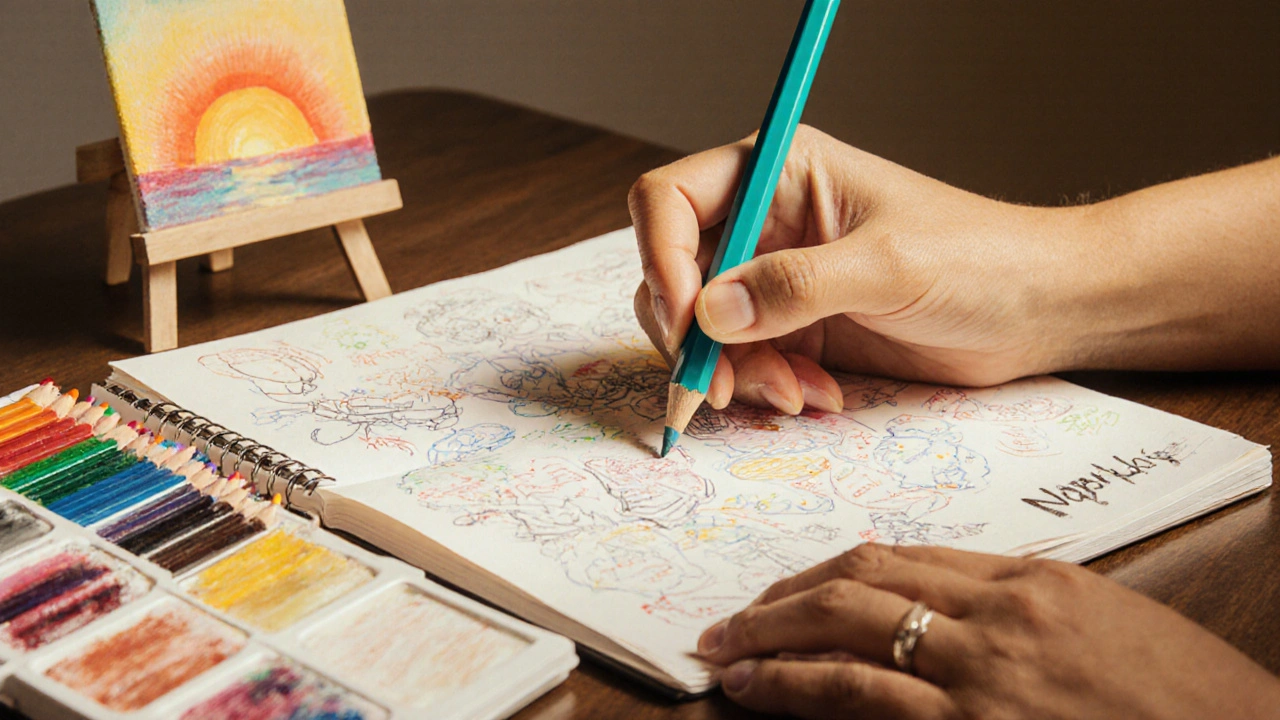
How to Bring Art Therapy Into a Treatment Plan
Integrating creativity can look different depending on the treatment setting. Here’s a step‑by‑step guide for clinicians or families considering the addition:
- Assess Suitability: Ask the client if they feel comfortable using art as a therapeutic tool. Preference matters; forcing the medium can backfire.
- Find a Qualified Professional: Look for a Registered Art Therapist someone certified by an accredited board such as the Art Therapy Credentials Board (ATCB) with experience in eating‑disorder work.
- Coordinate With Existing Therapists: Ensure the art therapist communicates with the client’s psychiatrist, dietitian, and CBT/DBT therapist to keep goals aligned.
- Set Clear Objectives: Typical goals include “increase emotional awareness,” “reduce shame around body shape,” and “develop alternative stress‑relief skills.”
- Choose Structured Activities: Examples include:
- “Body Map”: draw an outline of the body, then fill in colors that represent feelings about each part.
- “Mood Collage”: cut out images from magazines that reflect current mood, then discuss patterns.
- “Timeline of Cravings”: illustrate moments of binge urges and map coping strategies used.
- Reflect and Integrate: After creating, the therapist asks open‑ended questions like “What stood out to you in this piece?” to link the art back to cognitive patterns.
- Monitor Progress: Use validated scales (e.g., EDE‑Q, BIS) every 4-6 weeks to track changes alongside artistic output.
Art Therapy vs Traditional Therapies
| Aspect | Art Therapy | CBT / DBT |
|---|---|---|
| Primary Modality | Visual and tactile creation | Structured verbal dialogue |
| Targeted Skills | Emotion expression, body‑image reframing | Thought restructuring, behavior planning |
| Session Pace | 30‑45min creative work + 15‑min discussion | 45‑60min focused conversation |
| Evidence Base | Emerging, supportive pilot data | Strong, large‑scale RCTs |
| Best For | Clients who struggle to verbalize feelings, high shame | Clients who need concrete cognitive tools, goal tracking |
Choosing the Right Art Therapist
Not every creative professional is equipped to handle the complexities of an eating disorder. When vetting a therapist, keep these checkpoints in mind:
- Certification from a recognized board (ATCB or equivalent).
- Specific experience treating bulimia or other eating disorders.
- Ability to collaborate with medical and nutritional staff.
- Comfort with diverse artistic media-some clients respond better to drawing, others to collage or digital art.
- Clear policies on confidentiality and crisis intervention.
Self‑Directed Art Activities You Can Try at Home
If professional sessions aren’t immediately available, these simple exercises can still provide therapeutic value. Set aside 15‑20minutes in a quiet space, gather basic supplies (paper, colored pencils, glue), and let the process guide you.
- Emotion Color Wheel: Draw a circle, divide it into sections for emotions (anger, sadness, joy, fear). Fill each slice with a color that feels right, then notice any patterns.
- Positive Body Portrait: Sketch your silhouette, then write or draw three things you appreciate about that part of your body.
- Trigger Journal Art: When a craving hits, quickly sketch the scene that sparked it-no art skill required. Later, review the sketches with a therapist to uncover themes.
These activities aren’t a substitute for professional treatment, but they can lessen the intensity of urges and give you a constructive outlet.
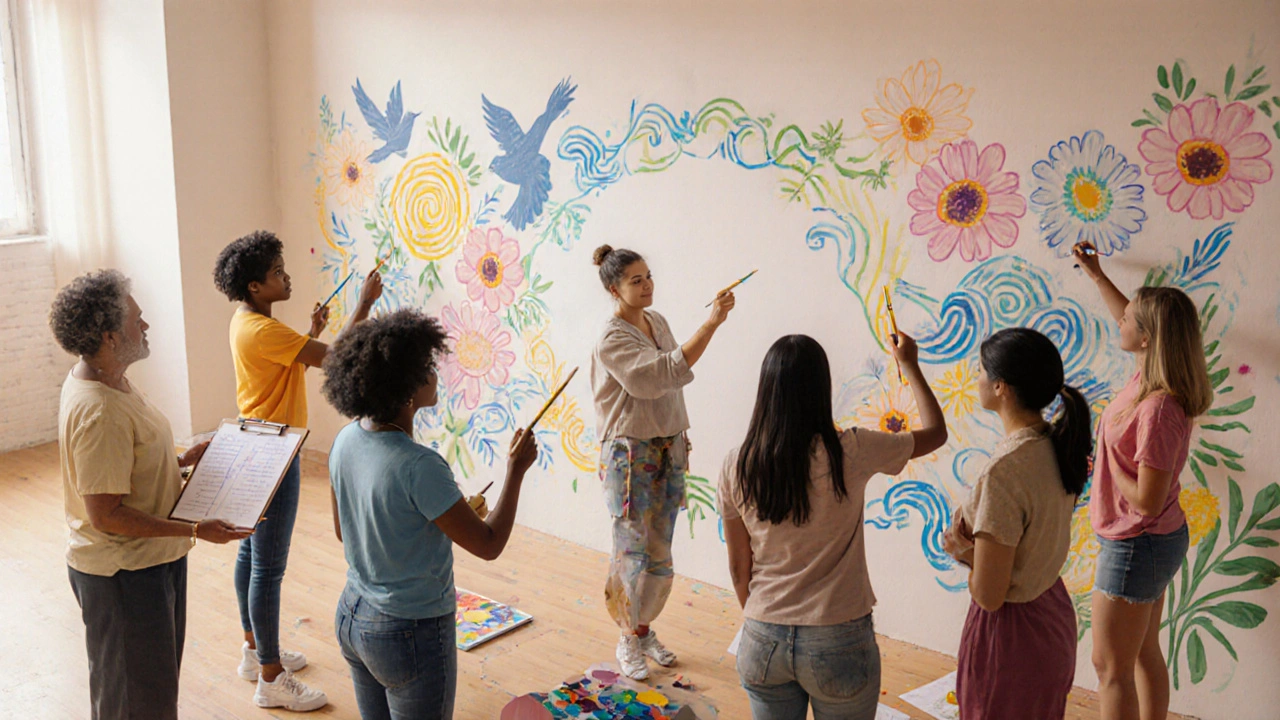
Frequently Asked Questions
Can art therapy replace CBT for bulimia?
No. Art therapy works best as an adjunct to evidence‑based approaches like CBT. It adds a non‑verbal dimension that helps clients access emotions that CBT alone might miss.
How often should someone attend art‑therapy sessions?
Most programs offer weekly 60‑minute sessions. Frequency can be adjusted based on severity, insurance coverage, and the client’s schedule.
Is there a particular age group that benefits most?
Adolescents and young adults often show strong gains, partly because they’re more open to creative expression. However, adults of any age can profit if they’re comfortable with art.
Do I need any artistic talent to succeed?
Absolutely not. The therapist focuses on the process, not the product. Even simple doodles can reveal a lot about underlying feelings.
What should I look for in a therapist’s credentials?
A valid ATCB (or equivalent) certification, documented experience with eating disorders, and a willingness to collaborate with your medical team are key indicators of competence.
Can I combine art therapy with medication?
Yes. Many clients take SSRIs to manage mood symptoms while attending art‑therapy sessions. The two approaches address different aspects of recovery and often strengthen each other.
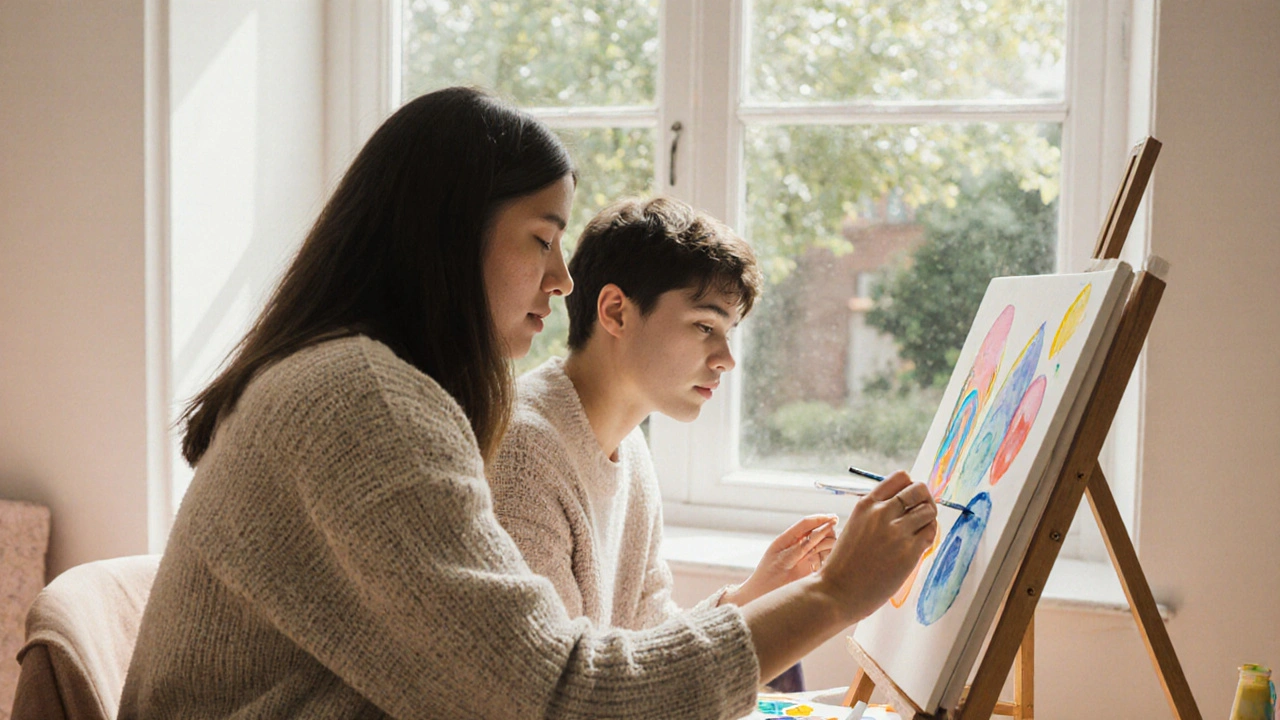

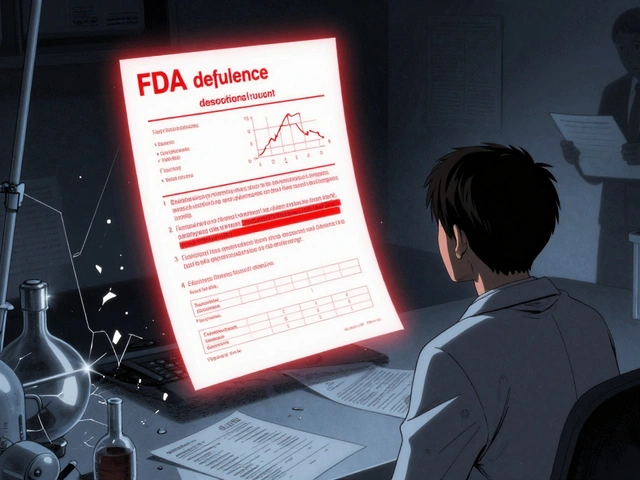
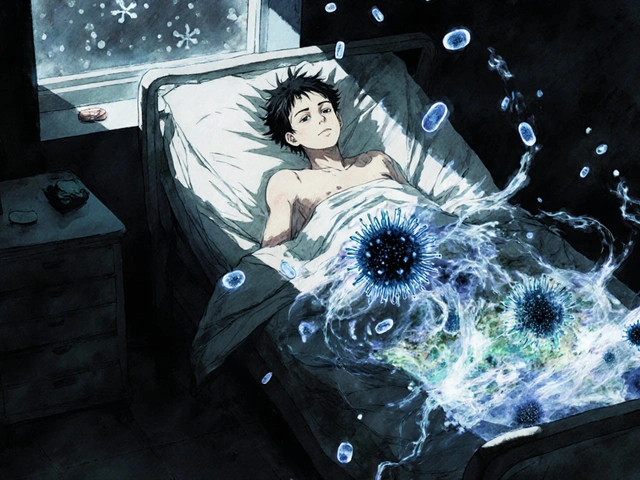

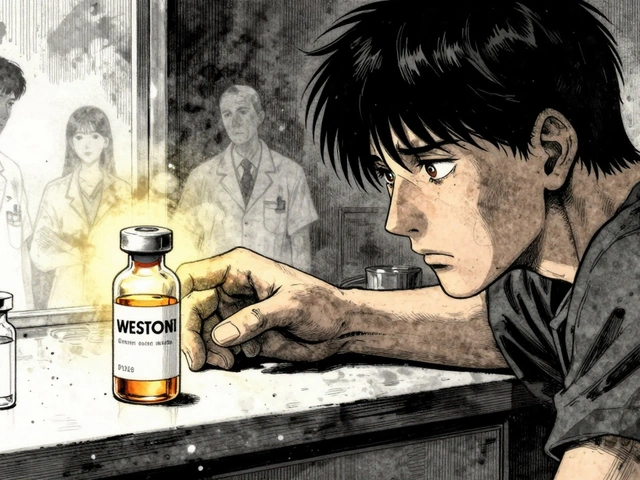
Stanley Platt
September 29, 2025 at 23:00
Thank you for sharing this comprehensive overview of art therapy in the context of bulimia nervosa; the integration of empirical data with practical guidelines is commendable. The inclusion of specific structured activities, such as the “Body Map” and “Mood Collage,” provides clinicians with actionable tools, which is essential for evidence‑based practice. Moreover, the attention to credentialing requirements for registered art therapists underscores the importance of professional competence, a point that cannot be overstated. The comparative table succinctly highlights the distinct yet complementary roles of visual‑art interventions versus traditional CBT/DBT modalities, facilitating informed decision‑making for treatment teams. Overall, the article serves as a valuable resource for both clinicians and patients alike 😊.